
What could be more classic than mint? The flavor is used in chewing gum, candy, and desserts, not to mention being used as a garnish for all kinds of dishes and drinks. This isn’t surprising, as mint has a distinctive coolness to it that makes many foods taste much better.
Processed mint flavoring is easy to find and works well in many situations. But, why turn to that, when you can use fresh mint leaves instead? Fresh mint tastes best anyway, as some of the natural compounds are always lost during processing.
Yet, there’s still a bit of a learning curve as you think about how to use fresh mint. Some uses of fresh mint are obvious, like using the mint leaves as a garnish or making mint tea with them. Others may be less familiar, like making homemade mouthwash with the mint leaves or even chewing them directly.
As you’ll see, there’s a truly fantastic list of different ways to use mint leaves. A few of these approaches can be made using dried leaves or fresh leaves. However, most rely on the fresh leaves, as these have quite a different flavor profile than the dried ones.
How To Use Fresh Mint (14 Exciting Ways!)

Chop And Use In A Salad
Fresh mint is a surprisingly good salad ingredient, especially in a summer salad, where the cooling feature is exactly what you need. To start with, try using mint in any salad with cucumber as a base. After all, cucumber and mint always work together well.
Still, don’t be afraid to experiment. Chopped mint leaves work well in traditional salads too and even in more creative types, like a quinoa salad.
Instead of using the leaves themselves, why not experiment with a fresh mint salad dressing? This type of dressing tends to be light and packed with flavor, so you can use it in countless situations. You might even use the dressing as a sauce in sandwiches or drizzled over vegetables.
Mix With Your Vegetables
While we’re on the topic, vegetables are another easy place to use chopped mint. The mint nicely contrasts the flavor of your vegetables, adding a layer of complexity you didn’t know you needed.
Boiled new potatoes are a simple and delicious place to begin. Try serving these with some chopped mint and butter. Despite being so easy to make, the side tastes wonderful and would pair perfectly with many meals, including lamb.
Make Compound Butter
Compound butter is one of the best ways to use almost any type of fresh or dried herb. The idea is simple – you’re just softening your butter and mixing in the herb and possibly some salt, then allowing it to harden again.
Doing so gives you a delicious ingredient you can use in many situations. When doing so, make sure you choose high quality butter, as this has the best flavor (what about using some from a butter of the month club?). Unsalted butter is best, as using the salted variety could easily make meals too salty.
This is one of the situations where you can turn to fresh mint or dried mint. While the dried mint version may last longer, it doesn’t offer the same complex flavor you get when using fresh mint.
Try Delicious Mint Tea

Fresh herbs are fantastic when you’re making herbal tea. They provide a vibrant flavor and freshness that you don’t find when making tea from dried herbs instead. The tea is also very easy to make.
To prepare the tea, you simply need to steep the fresh mint leaves in recently boiled water for 10 minutes or a little longer. It’s best to slightly tear or crush the mint leaves before doing so, as this releases some of their oil and provides extra flavor.
Once the tea has steeped, you can simply strain out the leaves, giving you a caffeine free hot drink.
Make Mint Tea Ice Cubes
Here’s another great trick. Make up some strong mint tea, allow it to cool, then freeze it in an ice cube tray.
Doing so gives you little cubes of frozen mint tea that can be used in your summer drinks. The approach allows you to cool your drink while also adding flavor. Try the ice cube in any drink that naturally pairs with mint, including iced tea and mojitos.
Make Your Own Mint Sauce
Mint sauce and mint jelly are some of the most classic condiments for lamb (they work well with plenty of other mains too). While the combo might sound a bit odd on paper, there’s something naturally complementary about the flavors of mint and lamb.
While these condiments are easy enough to buy, making your own is even better. Doing so is perfect if you have some fresh mint to use up.
Steep Mint Leaves Into Your Bath
For a chance to relax, why not add some mint leaves to your bath? You can do so using an infuser bag to keep them contained or simply drop the fresh mint leaves straight in your bath.
Steeping mint leaves like this gives you a refreshing and relaxing bath without much effort at all. Besides, many bath products from the store have long ingredient lists where you’re not really sure what went into them. With mint leaves, you only have one ingredient to think about.
Mix Into Yogurt
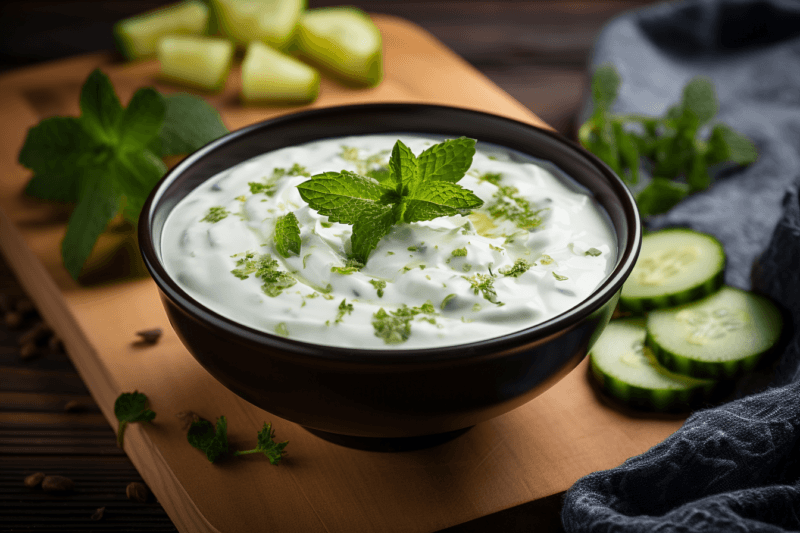
If you mix chopped fresh mint leaves into unsweetened yogurt, you end up with a delicious and surprisingly savory dip. Adding some lemon juice, black pepper, and perhaps some garlic makes the entire thing even better, giving you an exceptional mint yogurt sauce.
Greek yogurt is ideal here, as it is thicker than regular yogurt. The thickness gives your sauce more body and increases its versatility.
You could serve the sauce on its own with lamb or make a simple side with it. For example, a few spoonfuls of the sauce over sliced cucumbers is a delicious and refreshing side.
Make Your Own Mouthwash
Mint already features as a common mouthwash ingredient, so why not use it as the base of your own recipe? Doing so helps you avoid any concerning ingredients while also creating a simpler product that still does the trick.
For example, this Zero Waste Mouthwash relies on mint and tea tree as the main ingredients, along with some baking soda to help with your acid balance. The recipe uses both a sprig of mint and some peppermint essential oil. The latter is important, as the mouthwash wouldn’t have a strong enough mint flavor otherwise.
Chew On Mint Leaves
If you don’t want to make mouthwash, why not simply chew on a few mint leaves? This is one of the easiest ways to freshen your breath and requires little prep work (just be sure to wash the leaves thoroughly first).
Some of the compounds in mint could also help to reduce microbes and inflammation. The chewing action also stimulates saliva production, which is excellent for your mouth as well.
Use As A Cocktail Ingredient
Here’s a famous example. Fresh mint leaves are often used as a cocktail ingredient or a cocktail garnish.
The mojito is one of the classics here. You begin the cocktail by muddling mint leaves and lime in a cocktail shaker, then you add lime juice, rum, and simple syrup. The finished drink is then topped with club soda.
Other cocktails rely on muddling mint as well. Doing so gives you more flavors from the mint and helps it stand out within the cocktail.
Make Mint Simple Syrup Or Mint Liqueur
If you only occasionally have access to fresh mint leaves, you could try making your own simple syrup or mint liqueur. Doing so provides access to the mint flavor for much longer. This also means you don’t need to mess around with muddling leaves every time you want a cocktail.
Regular simple syrup is made by heating white sugar and water together until the sugar dissolves. You then cool the syrup and use it as a cocktail ingredient.
Mint simple syrup is similar, except that once the sugar has dissolved, you add mint leaves and allow the mixture to simmer for around 10 minutes. Once the mixture has cooled, you stain out the mint leaves and bottle the syrup. It should last for roughly a month in the fridge.
Homemade mint liqueur can be as simple as infusing fresh mint leaves into vodka (or perhaps Everclear). You could also add some sugar syrup to sweeten the liqueur and dilute it a little.
Use Crushed Mint As An Ant Repellent
Some people have success using crushed mint leaves as an ant repellent. Here, a sprig or two of crushed mint can be placed near where ants are thought to enter and may help to ward them off.
The variety Eau de Cologne mint is likely the most effective option, as it is more pungent than most other mint varieties. Even here, effectiveness varies. Some people find that the mint is fantastic, while others see no effect at all.
You’ll need to experiment to see whether it works for you.
Add To Your Water
Fruits and herbs are a stunning way to add flavor to your water without any extra calories. You can simply do this by throwing a few mint leaves in your water before drinking it. Adding a slice of lemon as well makes the whole thing even better.
Or, you could make infused water by allowing the ingredients to sit in your water for a few hours. Doing so deepens the flavor profile and makes your water even more interesting.
This is an especially powerful approach for anyone who struggles to drink water on its own. Sometimes a little flavor is just what you need to encourage a water drinking habit.
As A Garnish
Fresh mint leaves are used as a garnish for countless sweet and savory meals, along with just as many drinks. The mint flavor provides an excellent contrast, especially if there isn’t any mint in your meal itself.
This is also one of the easiest ways to use mint. You just need to make sure the leaves are clean and dry. That’s it. No other work is required.
5 Delicious Recipes Using Fresh Mint

Fresh Mint Ice Cream
Mint ice cream generally relies on mint extract or mint essence, which provides the familiar intense mint flavor. Yet, the focus on mint extract means you miss many of the flavor complexities that come with fresh mint.
This Fresh Mint Ice Cream bucks the traditional trend and relies on fresh mint leaves for all the flavor. Doing so means that the aromatic qualities of your mint shine through, while the classic mint flavor is less dramatic than normal.
The recipe also allows you to experiment with different mint varieties, including those with unusual flavor profiles. There are even ones called apple mint, banana mint, mentha spicata, and chocolate mint, all of which are quite distinctive.
Cucumber Salad With Mint
This Cucumber Salad with Mint is another easy way to use fresh mint, yet the recipe still provides plenty of flavor. Interestingly, the salad relies on English cucumbers instead of regular ones, partly because these have fewer seeds than normal and don’t need to be peeled.
The salad itself just relies on cucumbers, red onions, and fresh mint. Complementing these is a delicious dressing with a perfect balance of sweet and tangy notes. This salad would be great as a side dish for any meat-heavy meal or even on its own as a refreshing snack.
Mint Pesto
Pesto normally uses basil as the main herb, which can get a bit boring after a while. Why not experiment with a recipe like this Mint Pesto? The recipe does indeed use fresh mint leaves, along with fresh parsley.
The parsley is important. It complements the flavor of the mint and stops the mintiness from being too overpowering.
Most other ingredients will be familiar, including olive oil, lemon juice, and garlic. But, instead of pine nuts, this pesto relies on raw unsalted almonds. Why not? It’s always nice to change things up. You could easily substitute these for a different type of nut if you prefer.
Spaghetti With Shrimp, Lemon, Mint, And Pecorino
This Spaghetti with Shrimp, Lemon, Mint, and Pecorino is perfect if you want something more complex without going overboard. It even uses many ingredients in common with the pesto from above, including olive oil, garlic, lemon zest, and almonds.
Here, these ingredients are used to complement spaghetti and shrimp, giving you a beautiful meal that should taste as good as it looks.
Savory Mint Almond Flour Muffins
Finally, we have these Savory Mint Almond Flour Muffins. The muffins don’t just look amazing. They’re also gluten free and vegan. That makes them much more versatile than regular muffins.
Don’t let the ingredients list stress you out. It might look complicated at first, but that’s only because there’s a decent selection of spices. These give the muffins their complex flavor and shouldn’t be skipped. You probably have most of them at home anyway.
The Most Popular Types Of Mint

As you’re probably aware, there are many different types of mint. Peppermint and spearmint are the two most popular varieties. Peppermint tends to be the strongest and most minty of the two (not surprisingly, as it contains around 40% menthol, while spearmint contains just 0.5%).
The lower menthol content allows other flavors to shine through in spearmint, making it a more herbal and subtle addition to your recipes. Of course, it doesn’t work as well if you want the flavor of mint to dominate.
Then there’s chocolate mint, which has deep green leaves and brown stems. Notably, the plant really does have chocolate notes in its flavor profile, along with hints of orange and the familiar mint flavor.
Then there are some less well-known types and cultivars of mint, including Kentucky Colonel mint, wild mint, double mint, and apple mint. These plants all have their own distinct flavor profiles, making them exciting additions to your kitchen.
Is Fresh Mint Better Than Dried Mint?
Fresh mint isn’t really better or worse than dried mint – it’s simply different. The fresh version has a distinct mint taste, along with many other flavor tones.
The mint flavor tends to be more intense in dried mint, while other flavor notes fade into the background. There is also some earthiness to the dried version, which makes dried mint exceptional in savory dishes.
The differences in flavor profile mean that you often can’t use fresh mint instead of dried mint (or vice versa). It’s best to stick to the type your recipe calls for.
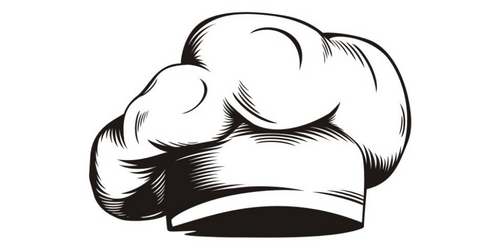
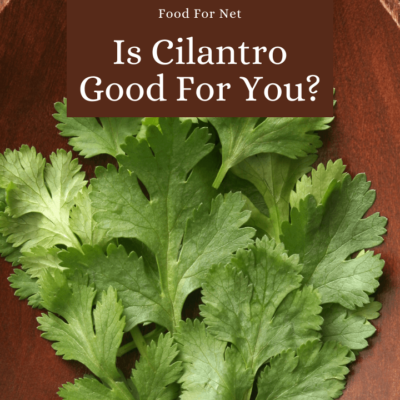

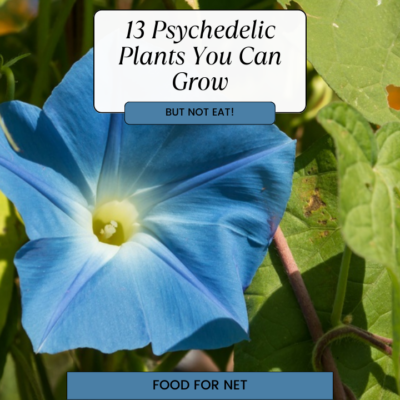
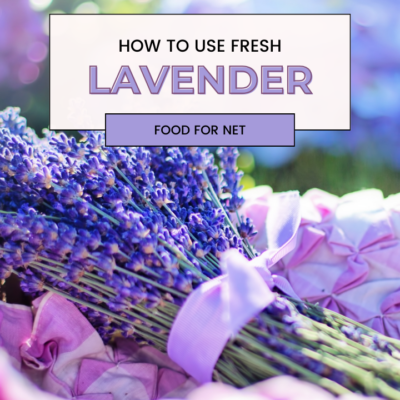
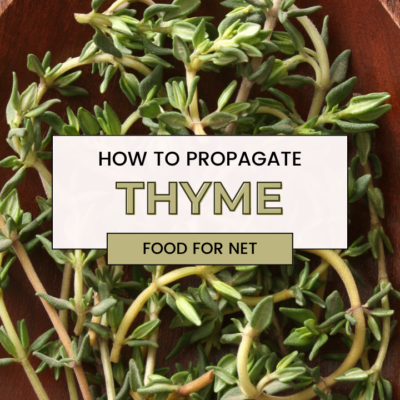
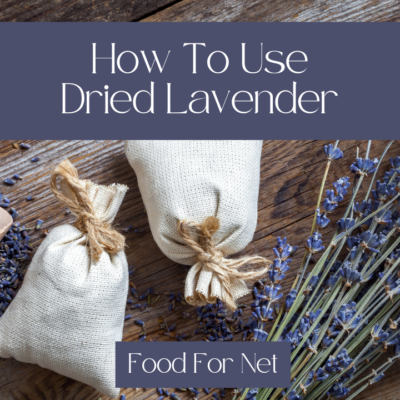
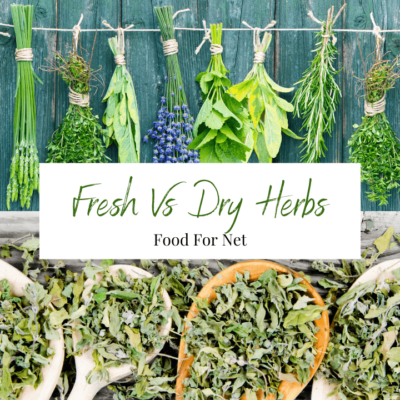

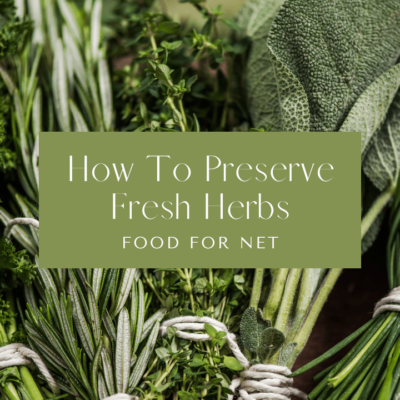
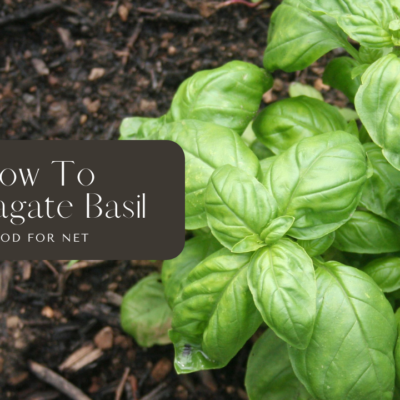


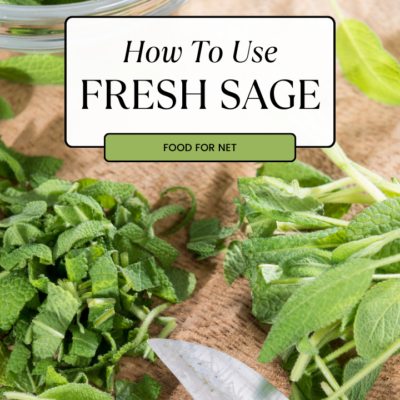

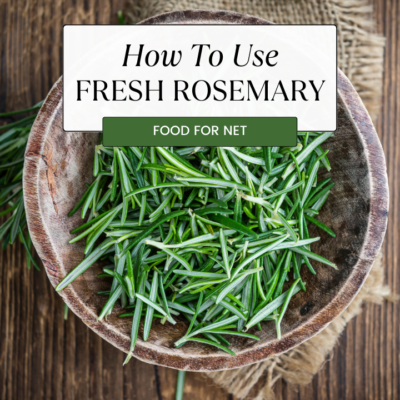
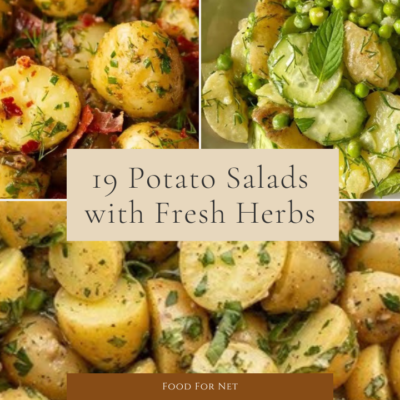
 26 Types Of Salad That Will Elevate Any Meal
26 Types Of Salad That Will Elevate Any Meal